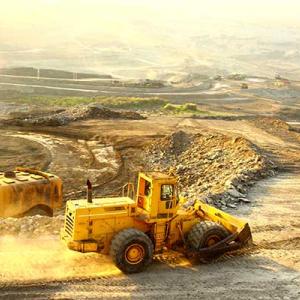- Understand the distinction between revenue expenditure, which involves spending on day-to-day costs, and capital expenditure, which concerns non-current assets
- Capital expenditure is money spent on a new asset or improvements to an existing asset
- Non-current assets provide goods and services for administration purposes or rental income
- Other types of non-current asset include heritage assets, investment properties and non-monetary assets
What is the difference between revenue and capital?
All accountants and finance staff need to be able to distinguish between revenue expenditure and capital expenditure.
Revenue expenditure is simply the money that an organisation spends on its day-to-day running costs. Examples include wages and salaries, heat and light, and transport costs.
Capital expenditure is incurred either to purchase or build a non-current asset, or to improve or upgrade an existing non-current asset. It needs to be identified separately from revenue in order to be accounted for appropriately and in accordance with the relevant accounting standards.
Non-current assets are those assets that are expected to provide long-lasting benefit to an organisation over more than one financial period. They are distinct from current assets, which are expected to provide immediate benefit within the current financial period.
How is capital expenditure identified?
People often think of capital expenditure as only being for the purchase or creation of a brand new asset. However, it can also be expenditure that improves or upgrades an existing asset that the organisation already owns.
In order to be classed as capital expenditure, subsequent expenditure on an existing asset must either extend the expected life of that asset or increase its value or service potential. Capital expenditure therefore will result in either the recognition of a new non-current asset, or an increase in the value or service potential of an existing non-current asset.
What is a non-current asset?
Non-current assets are items that are held for use by an organisation to produce goods and services, to achieve rental income or for administration purposes. They are expected to provide either economic or service benefit to an organisation for a period of more than 12 months.
Property, plant and equipment assets (PPE) are covered by IPSAS 17 or IAS 16, and include items such as land, plant and equipment, buildings and infrastructure assets. PPE assets tend to be operational assets that are used in the provision of an organisation’s goods and services.
However, PPE also includes some non-operational assets such as surplus assets. Surplus assets are assets that are no longer in use and that are therefore surplus to requirement.
Assets under construction are also counted as PPE. These are assets that are in the process of being built, but which are not yet ready to be used.
What are some other types of non-current asset?
Other classes of non-current asset include heritage assets, which are covered by IPSAS 17 or FRS 102, investment properties, which are covered by IPSAS 16 or IAS 40, and intangible assets, which are covered by IPSAS 31 or IAS 38.
Heritage assets are assets that are kept for their cultural, environmental or historical significance and because of the contribution they make to knowledge and culture. Examples include historical buildings and monuments, works of art and museum artefacts.
Investment properties are those assets that are held by an organisation to earn rental income, for capital appreciation purposes, or both. Examples of investment properties could be a building which is leased out on a commercial basis or a piece of land that is being held long-term for capital appreciation purposes, rather than for operational purposes.
An intangible asset is an identifiable, non-monetary asset without physical substance. Examples of intangible assets include patents, goodwill or computer software.
- Are you confident about knowing the distinction between revenue and capital?
- Do you know how to classify assets as current or non-current?
- Are you familiar with the accounting requirements for different types of asset?
Further information:
Local Authority Capital Accounting – A Reference Manual for Practitioners
The Guide to Local Government Finance
Practitioners’ Guide to Capital Finance
An Introductory Guide to Local Government Finance
The Prudential Code for Capital Finance in Local Authorities: Guidance Notes for Practitioners













